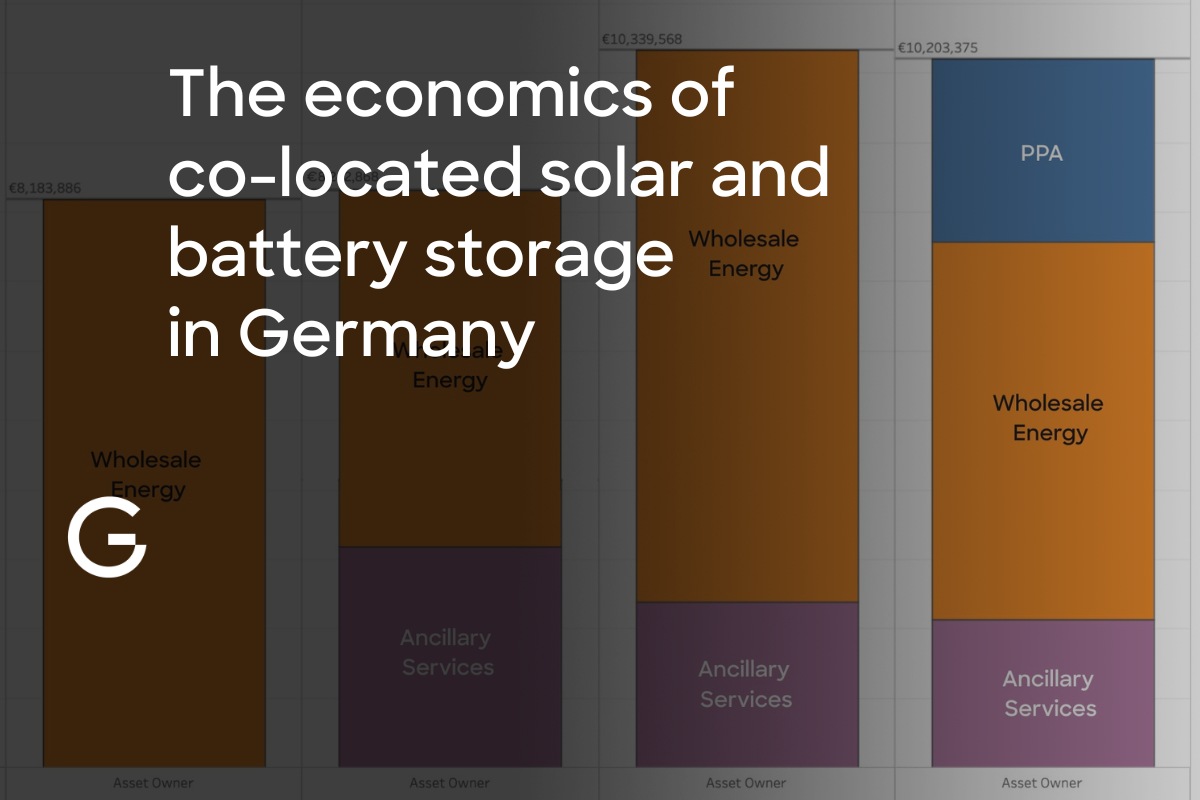Is London a better investment for solar than Sydney?

Following my trip to the UK earlier this month I was struck by a couple of things related to solar PV investment. One was the weather; London turned on the sunshine big time. The other was the current trend in the UK energy market to dumb down price signals to energy consumers relating to their interaction with the energy system, courtesy of tariff reform.
Whilst Australian markets (WEM and NEM) tend to provide a rich array of price signals to energy users, particularly for C&I/I&C folks on unbundled tariffs, the UK seems to be trending towards fixed or simple volume-based time-of-use signals to recover network and market costs.
In a future with less firm thermal generation and more renewable energy that seems a bit daft. You want the demand side of the market supporting the system in any way it can. But this shift in price signal impacts different DER asset types in different ways. In particular, any move away from more cost-reflective demand-based charges towards simpler volume-based charges will tend to improve the business case for roof top solar.
Given that, we thought it would be interesting to model the physical and commercial performance of two identical businesses, one based in Sydney and one in London, each with 400kW solar systems plus the option of including a BESS. The specific commercial focus is on the impact to distribution network costs as they’ve directly comparable concepts in both markets.
Inputs
- We’re using a load profile for an Aussie supermarket. It won’t perfectly represent its UK equivalent of course but it’s an ok proxy
- The Sydney site is connected to Ausgrid’s network on tariff EA310
- The London site is connected to UKPN’s network on LV Band 4 tariff (looks like the best tariff choice for the load shape but correct me if we’ve got that wrong)
- The business as usual (BAU) scenario simply prices the load profile against the respective distribution network tariff
- The alternative scenarios introduce, firstly, a 400kW solar PV system, and then additionally a 500kWh/250kW battery storage with a control strategy aimed at reducing network costs
- The cashflow summary and savings relative to BAU for each scenario are then calculated
- Capex for the hardware has been ignored for now. We’re looking at savings only.
- All values expressed in AUD
Modelling
We can then build a simple model in the Gridcog platform to reflect those modelling assumptions and run a simulation.
Results
- Distribution costs are much cheaper in London ($26k a year) than Sydney ($46k) under BAU, but…
- London’s 400kW solar system saves move than double the equivalent system in Sydney, $11k pa versus $5k
- That’s despite the London system producing much lower solar yield with gross solar generation of 371 MWh per year, just 66% of Sydney’s 566 MWh
- So, off a lower BAU cost base, with much less solar generation the London system outperforms Sydney by over 100% in terms of savings
- Adding a battery changes things up a bit as the demand-heavy nature of the Sydney network tariff starts to play to the strengths of the battery.




The small print:
- supermarket operates 7 days a week from 7am to 9pm with a load shape of about 960MWh per year with peak demand of 230kW
- battery commercial performance was assessed based on year 2 savings to allow for the impact of capacity ratchets to wash off.
- tariff rates were for the current period. For Ausgrid EA310 they represent DUoS only (so TUoS stripped out)
- solar irradiance based on TMY from Solcast (Solar Radiation Data Experts)





.jpg)

